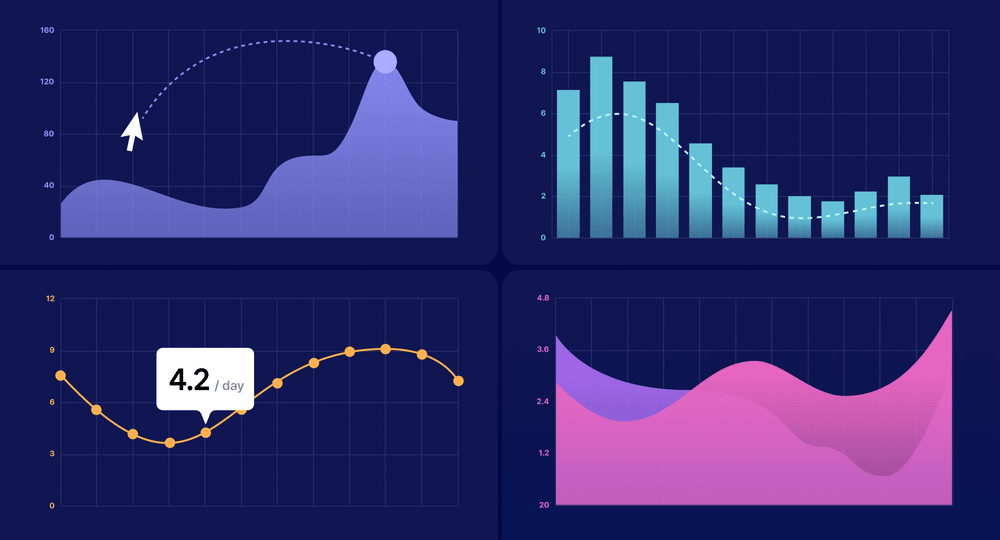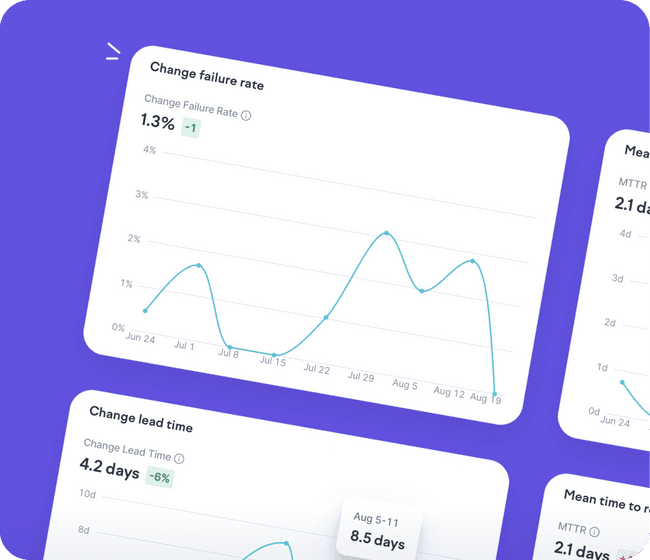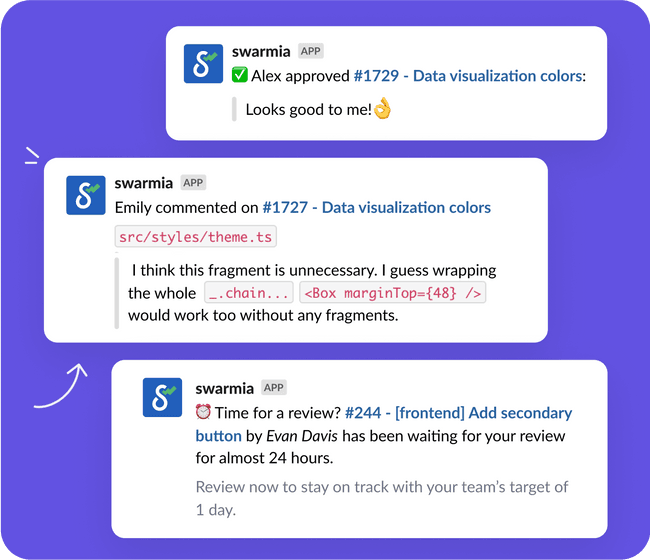Otto Hilska · Mar 9, 2022
Practical guide to DORA metrics
Ever since the book Accelerate was published in 2018, it’s been borderline impossible to have a conversation about measuring software development performance without any reference to the four…
Read more→Rebecca Murphey · Mar 15, 2024
Sensible benchmarks for evaluating the effectiveness of your engineering organization
If you’re digging into engineering metrics for the first time, it can be hard to know what “good” looks like. The urge is strong to find a way to compare yourself to other companies using…
Read more→Ari-Pekka Koponen · Jul 28, 2022
Your organization’s guide to the SPACE framework
We’ve helped hundreds of organizations build a more complete picture of development productivity. This guide on the SPACE framework of developer productivity explains the framework, what we’ve…
Read more→







